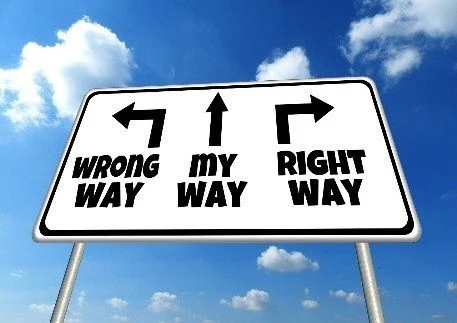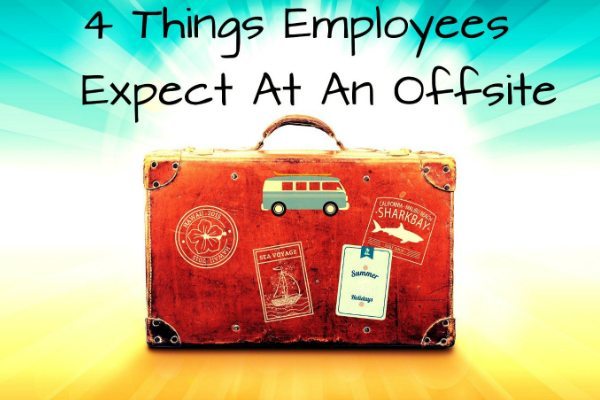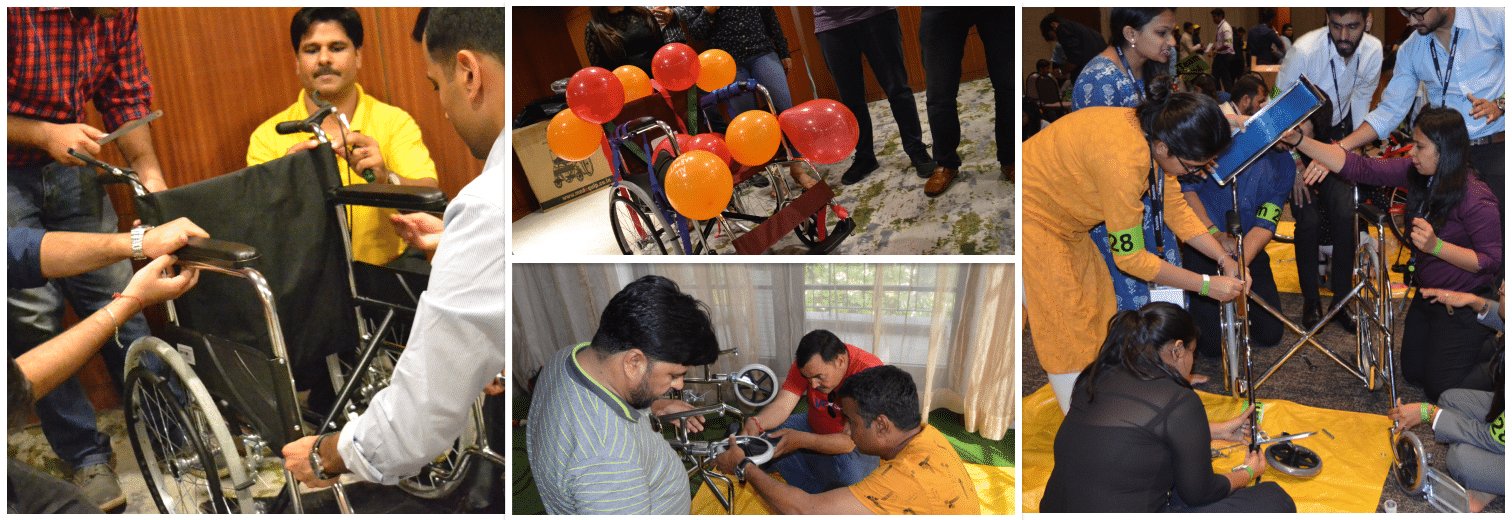We have facilitated countless offsites across organizations of all sizes and through this experience, one truth has consistently stood out: offsites are about more than just PowerPoint decks and strategy sessions. For employees, these events are about feeling seen, recharged, and reconnected. For leaders and HR teams, it’s an opportunity to align hearts with business goals. Bridging both is where the magic lies.
We’ve observed that the most successful offsites are the ones where organizers deeply consider what employees really want. Based on feedback from hundreds of participants over the years — and taking cues from today’s fast-evolving work culture, here’s ur list of key things employees expect at an offsite.
Let’s dive in.
1.What’s in it for me!
Table of Contents

They want to understand:
- How are their individual goals linked to the larger organizational vision?
- What development opportunities are coming their way?
- How will their contributions be recognized?
This aligns perfectly with the shift we’ve seen in the workplace post-pandemic — people are seeking purpose, not just perks.
What to do: In our experience, the most engaging offsites start with empathy. When building your offsite agenda, try this simple shift: for every agenda item, ask “How does this benefit the employee experience?” step into shoes of the employees and think of what they would expect from the offsite. Develop the offsite plan wearing an employee hat.
We’ve helped teams co-create offsite flows where employees contribute ideas in advance — through pre-event surveys or small focus groups. It builds ownership, and it works.
Related Read: How to plan a productive offsite
2. Real Connections With Colleagues

What to do: Plan a half/full day session for team building activities, games, and simulations so that employees see another side of their teammates and know each other better. Why – when employees know each other they develop trusting relationships.
3.Genuine Time Off (Not Pretend Time Off):

A surprising truth from our sessions: people want structured time to be human with each other.
Team presentations are fine, but they don’t replace genuine bonding. When employees get to interact beyond roles and hierarchies, they build trust — and teams with trust move faster.
What to do: Keep some empty slots during the day/s of the offsite, with no agenda. The employees can chose to do whatever they want, they can explore the place, reflect about life, or swim.
Facilitate interactions that feel less like networking and more like storytelling. Think team challenges, reflective exercises, creative games, or just an open-mic night.
One of our most successful offsite formats last year had a session titled “Stories Behind Our Screens” — where employees shared one personal photo from their gallery and the story behind it. It was beautiful, moving, and real.
Related Read: What NOT TO DO in a Team Offsite
4.Thoughtfully Chosen Location & Stay

Yes, budgets matter—but so does comfort. Employees remember how they felt at an offsite more than what they heard.
If the venue feels unsafe, the rooms uncomfortable, or the food unappetizing—it shows in the energy people bring to sessions. A great location is not about luxury but about thoughtfulness.
What to do: Plan the entire trip with a perspective of planning a holiday for your family. If possible visit the place one month in advance and check for comfortable travel, stay, and food.
Check the travel ease, weather, accommodation hygiene, food options, and backup plans. If possible, do a recon visit. Include diversity of food and activities to suit everyone—from the extroverts to the introverts.
One organization we partnered with chose an offbeat eco-resort. Initially, people were skeptical—but the nature walks, sustainable meals, and absence of Wi-Fi created an unforgettable experience.
Related Read: 10 best books to gift your team during a team offsite
Bonus: Inclusion Matters More Than Ever
Remember: Times have changed! Offsites must reflect the inclusivity we want to see at work. That means being mindful of accessibility (both physical and emotional), language, dietary needs, and neurodiversity.
We once had a participant with limited mobility who wasn’t told the venue had only stairs. It changed how we now brief clients before every offsite.
What to do:
- Share detailed logistics in advance
- Include pronouns and preferred names on badges
- Offer both high-energy and quiet-time options
Related Read: What NOT TO DO For Corporate Offsites
Final Thoughts from the Field
Offsites can be transformational. Not because of where they’re held — but because of how thoughtfully they’re designed. As a team that works closely with leaders and HR professionals across industries, we’ve seen firsthand the shift when offsites evolve from “mandatory fun” to meaningful connection.
Employees want:
- A voice in shaping their experience
- Moments of real connection
- Space to breathe
- Comfort and care
If you can deliver on these, everything else — alignment, engagement, retention — starts falling into place.
Related Read: 4 Gifting Ideas For Your Next Offsite





